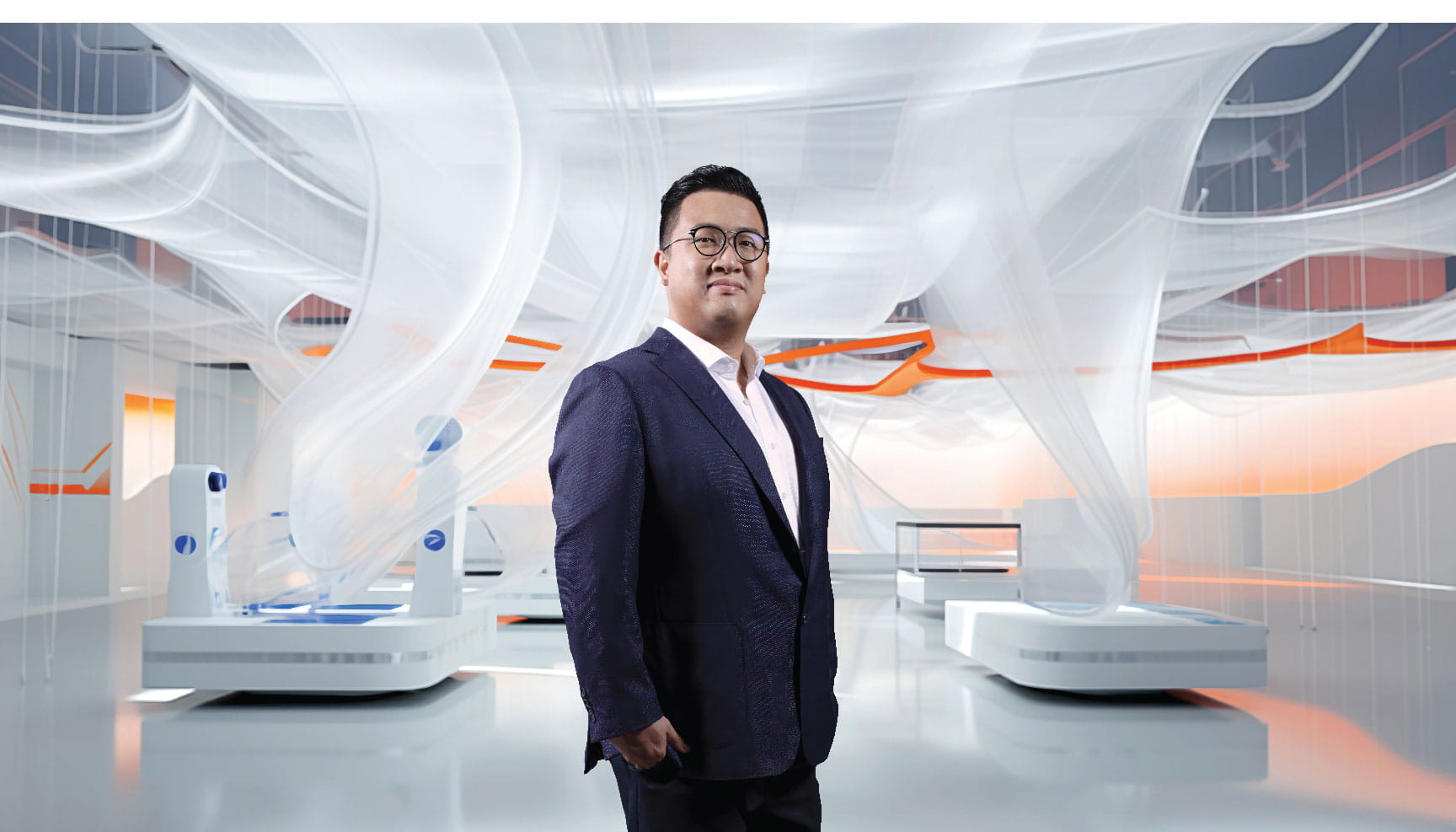
The future of fibres is being ‘forged’ in Hong Kong—by a company that combines traditional craftsmanship with innovative vision
The company is an offshoot of King’s Flair, founded in 1979 by its chairman and CEO Dr Alex Wong, who began his career working in a factory in the 1970s. Originally a traditional manufacturing company specialising in plastics and stainless steel products, it has grown to offer a full range of services, including market research, concept creation, design, material sourcing, engineering, packaging and supply chain management, allowing clients to develop products all the way from idea to consumer distribution. King’s Flair has focused on kitchenware, including tools, gadgets, drinkware and bakeware, mainly working for high-end brand owners in Asia, Europe and North America. Employing more than 150 people, the company has been trading on the Hong Kong Stock Exchange since 2015.
Fresh horizons
Wong Sr's son, Kendrick Wong joined King’s Flair in 2019. By that point, Wong Sr had already established Nanoshields Technology, a subsidiary of the company, where Wong Jr joined the team to develop his talent and vision in innovative technology. King’s Flair had previously worked with outside research and development of nanomaterials, Wong says, and realised it could bring the R&D, along with production upscaling, in-house.
“My father strategically redirected our focus towards nanofibres and innovative materials. The company could capitalise on their applicability in its existing product categories and beyond, thus it was decided a dedicated team was to be formed focusing on new and innovative materials.” Wong says “This move not only enhances our current offerings but also positions us to explore new opportunities across various industries, reflecting our commitment to staying at the forefront of technological advancements.”
“My father always actively seeks opportunities that benefit the company and support Hong Kong’s long-term development. Recognising a lack of growth opportunities in local science-based fields, we aim to fill that gap and provide a platform to nurture talent within and around the region.”
Small wonders, big impact
Nanoshields first established a nanofibre production line in 2019, and a production base in Taipo. Part of Hong Kong Science and Technology Parks’ (HKSTP) Advanced Manufacturing Centre at Tseung Kwan O InnoPark, Nanoshields was one of the first pioneers to move its plants to the smart manufacturing facility. “We identified InnoPark as an ideal location with the necessary facilities and ample space to establish our research team, significantly expediting our R&D processes,” said Wong, “The availability of well-equipped labs further enhances our capabilities. Moreover, its strategic location adds to the overall appeal of our decision.”
Nanoshields is establishing four smart electro-spinning production lines in AMC for nanofibre material, along with smart sensors and other advanced systems for real-time monitoring. It is expected to raise output by more than 60 per cent, and potentially produce over 300 tonnes of material annually—serving the global market with nanofibre materials in applications such as personal protective equipment and water filters. It also aims to reduce the need of manpower by about 40 per cent, minimising the chances of production error, with a knock-on positive impact on quality control costs.
In the course of time
In addition to the existing filtering uses, potential applications of the technology could include sensors, batteries and even artificial blood vessels. The company is also looking at developing cleaner, more sustainable materials.
“We aspire to evolve into a hub not only for nanofibres but for various nanotechnology-based materials,” asserts Wong. “Our vision involves creating a space where we can seamlessly translate innovative ideas from universities into commercially viable materials and integrate them into our product offerings.”
“Our dream is to create nanofibres that are used in a multitude of applications such as filtration, clothing or the medical world for wounds or drug delivery—to make people’s lives better, and to create a more sustainable world.”

